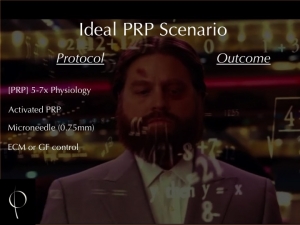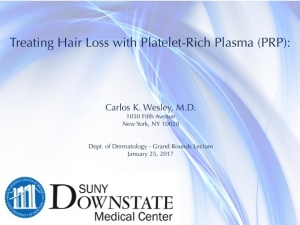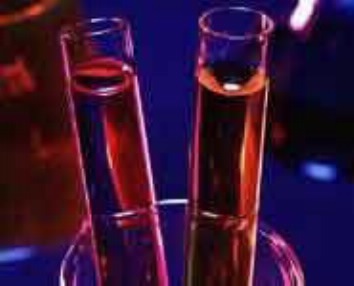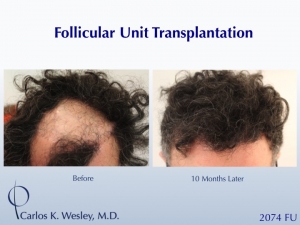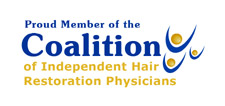Platelet Rich Plasma (PRP) for Hair Loss in NYC
Initially used during the 1970s as a physiologic adhesive for eye surgery, platelet-rich plasma (PRP) has since found applications in orthopedics, rheumatology, odontology, and cosmetic dermatology. The autologous (meaning when the donor individual is the same as the recipient) use of PRP has more recently demonstrated considerable benefit in hair restoration. Click below to view a recent Grand Rounds lecture by Dr. Wesley to the Department of Dermatology at The State University of New York Health Science Center.
Dr. Wesley is one of the leading practitioners for PRP in New York.
Platelet rich plasma (PRP) treatments are commonly used to help stimulate hair growth. The appealing aspect of this treatment to many patients is that it utilizes their very own cells. Often times, the problem with this treatment is just that: it uses their own cells. So, results can vary markedly from one patient to another.
So, what are elements that can help give patients the best chance of success from a PRP treatment?
Firstly, the concentration of platelets in PRP should be optimized. Studies have indicated that having over 1.5million platelets per microliter (or over five times the concentration that patients may have in their blood stream) stimulates endothelial cells. This, in turn, can stimulate hair growth.
Secondly, activating the platelets so that they release growth factors just prior to scalp injections ensures that patients are getting the most out of their PRP treatment. Upon activation, about 95% of a platelet’s growth factors are released within about 10 minutes. These, in turn, trigger the biochemical pathways that lead to prolonged hair growth. Chemicals, such as calcium chloride, or mechanical activation (via sonication) can be used as platelet activators.
Finally, prolonging the release of platelet growth factors can extend the benefit that patients experience from a PRP session. We add an acellular extracellular matrix powder, ACell, to our PRP in order to achieve maximally-prolonged benefit for patients in our office.
A PRP series can either be done as 3 sessions spaced about 1-2 months apart or as a pair of PRP treatments performed about 3 months apart. Additional elements that not only minimize the risk of short-term hair thinning after a PRP, but also generate earlier and more profound hair growth are dutasteride mesotherapy and mesotherapy with a vitamin serum complex.
HOW PRP STIMULATES HAIR GROWTH:
The growth factors contained within platelets help stimulate healing and the generation of new tissue structures. Regarding their specific application to hair restoration, these factors have been suggested to act in both the bulb region and bulge area of the hair follicle (the two regions where stem cells are concentrated) in order to activate the proliferative phase of the hair cycle.
Within follicle dermal papilla cells (of the bulb region), the process of apoptosis (cell death) is halted by stimulation of a molecule called AKT (coincidentally, AKT is also the name of Dr. Wesley’s wife, Anna Kaiser’s, dance-based fitness company!). By arresting cell death, hair follicles are able to continue in the growth phase. New blood vessel formation around follicles is also increased.
Essentially, growth factors concentrated in PRP serve to enhance the messaging between the two stem cell-enriched regions of the hair follicle (the bulge and bulb) in order to facilitate prolongation of an existing and regeneration of a future hair follicle.
PRP’s BENEFIT FOR SURGICAL HAIR RESTORATION:
In a surgical setting, the effect of PRP appears to further minimize the elimination or scalp absorption of a small percentage of implanted hair follicles during the months following surgery (see figure). Dr. Carlos Wesley demonstrated that by facilitating the re-acclimation process of each follicle that begins upon re-implantation, incubating hair follicles in PRP prior to subsequent transplantation enables a greater percentage of follicles to remain viable as they pass through the catagen and telogen phases prior to initiating a new anagen (growth) phase.
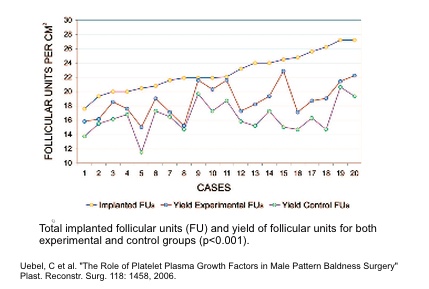
The statistically-significant improvement in overall survival and caliber (fullness) of transplanted hair follicles coupled with the minimization of temporary loss of pre-existing hair, results in an increased overall hair density after hair restoration surgery. Because these findings have been clinically corroborated by Dr. Wesley, our practice uses PRP as an important adjuvant to hair restoration surgery for all patients.
PRP SCALP INJECTIONS FOR GENETIC HAIR LOSS:
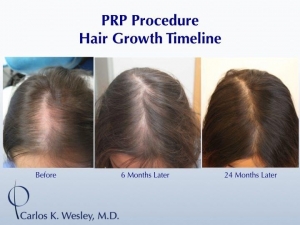 Featured for his work with PRP about hair loss therapy in The New York Times, Dr. Wesley has continued to optimize this innovative scalp treatment for patients for nearly a decade.
Featured for his work with PRP about hair loss therapy in The New York Times, Dr. Wesley has continued to optimize this innovative scalp treatment for patients for nearly a decade.
After an in-person evaluation by Dr. Wesley, patients with an appropriate percentage of hair miniaturization will be shown how their hair quality may improve after PRP treatments. The treatment often results in an increase in hair caliber (fullness), an increase in the number of hairs per follicle, a subtle return of the hair’s original pigmentation, and an overall ease of styling.
In our practice, patients have shown considerable benefit after two (2) PRP treatments. While every patient responds based on their own physiology, patients experience an overall improvement in hair quality a few months after their initial treatment. The benefit can continue to increase and be sustained for nearly 17 months (or more) after the initiation of treatment. Patients who respond well to PRP treatment can always have another PRP session in the future and will likely experience a similarly-beneficial effect with subsequent procedures.
WHAT DOES A PRP TREATMENT INVOLVE?:
The one-hour procedure is performed under a local anesthetic. So, rather than pain, patients often state that they feel as if “they are wearing an invisible helmet” throughout the procedure.
A small blood draw is performed, followed by the administration of a local anesthetic. The scalp is then stimulated by a micro-needling device that increases levels of valuable growth factors throughout the region of treatment. Once the patient’s PRP is concentrated by a two-step centrifugation process (as described in the video lecture), the PRP is activated prior to 20-30 tiny injections beneath the scalp surface to the level at which hair follicle stem cells reside.
Patients are encouraged to ice their forehead and temple regions after the procedure in order to minimize the risk of temporary swelling. They may shower and shampoo the very next day and have very little evidence on their scalp of the procedure having been performed.
LIMITATIONS OF PRP SCALP TREATMENTS FOR HAIR LOSS:
While PRP therapy for various medical ailments has been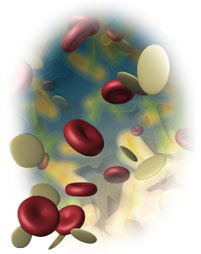 met with a tremendous degree of excitement and optimism, there are limitations. Firstly, the benefit of PRP is not permanent. Patients generally benefit for many months (sometimes, up to 2 years) before the hair characteristics may return to their baseline. Subsequent treatments may be required to preserve the benefit for a longer period of time.
met with a tremendous degree of excitement and optimism, there are limitations. Firstly, the benefit of PRP is not permanent. Patients generally benefit for many months (sometimes, up to 2 years) before the hair characteristics may return to their baseline. Subsequent treatments may be required to preserve the benefit for a longer period of time.
The degree of improvement in hair density and fullness is generally much more impressive with surgical hair restoration rather than PRP treatments. Hair restoration surgery also leads to a permanent improvement in hair density and coverage.
Not all patients will experience marked improvement of their hair quality after a PRP treatment. Proper patient selection by a qualified physician using microscopic evaluation of the scalp is generally the most important variable in ensuring maximal patient benefit. Other technical aspects of the manner in which the PRP treatment is performed can also optimize patient benefit from PRP. They are discussed in detail in the video lecture at the top of this page and include: PRP concentration, PRP activation, frequency of PRP treatments, growth factor release prolongation, micro-needling, etc.
PRP SCALP TREATMENT FOR HAIR LOSS CAUSED BY OTHER DERMATOLOGIC CONDITIONS:
In addition to treating cases of androgenetic (genetic) hair loss, PRP has also been shown to be beneficial in the treatment of various dermatologic scalp conditions such as alopecia areata and lichen planopilarus.
Dr. Wesley has also presented case studies in which PRP was used as an adjunct for hair restoration surgery. In conditions that traditionally would not receive transplanted hairs favorably due to a limited blood supply (e.g. scarring alopecia), PRP combined with hair transplantation can lead to a profoundly positive effect with respect to scalp coverage and transplanted follicle density.
PRP in Combination with Topical Medications: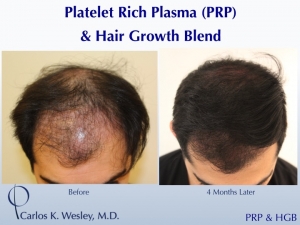
Recalling the PRP primarily halts the process of apoptosis (cell death), it can have a synergistic effect with various topical therapies that are known to drive hair growth. Dr. Wesley offers gender-specific topical therapies that have demonstrated rapid and marked improvements in hair growth for men and women when used in combination with PRP treatments.
When used in conjunction with PRP, follicle growth from topical hair stimulating blends can be seen not only earlier than the benefit from PRP alone, but also the benefit to hair follicles can be sustained for a more prolonged period of time.




